Personalized Home Security
/in Security Monitoring /by epAdmin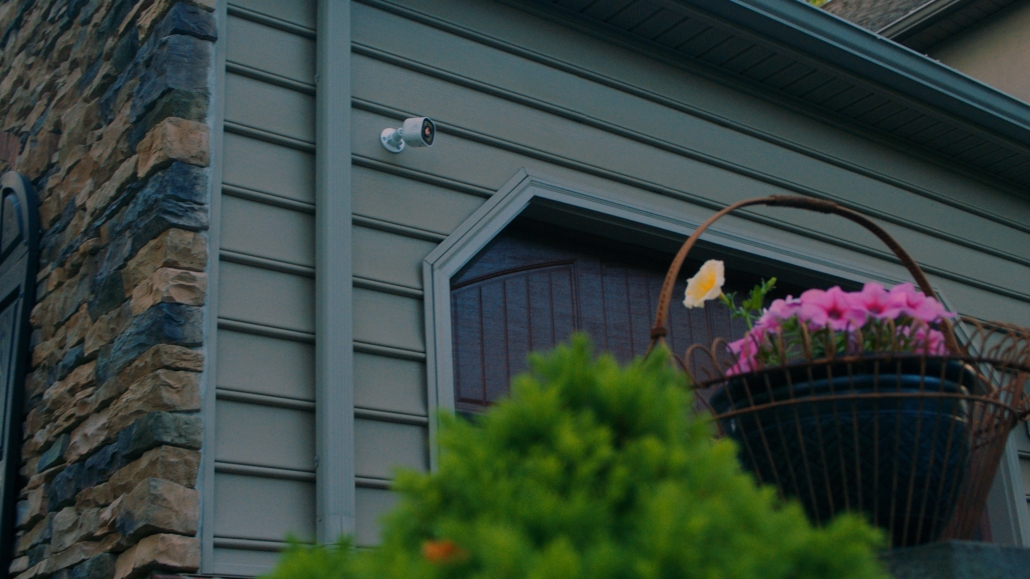
When it comes to protecting our homes, one size does not fit all. Customized home security solutions are the new standard, addressing your tailored needs and concerns, to provide a worry-free lifestyle. As Benajmin Franklin once said, “An ounce of prevention is worth a pound of cure”. You can protect your loved ones using security measures that fit your lifestyle. The possibilities are endless when it comes to customizing your security plan! In this blog we will explore the latest trends and technologies, and why they would be useful to your everyday lives.
As a homeowner, you want to do everything possible to keep your family safe and your home secure. One of the best ways to do that is to install a home security system. But with so many different types and features available, how do you know which one is right for your home?
The good news is there are companies offering customized home security systems tailor-made for your needs by considering specifics such as your home layout, doors/windows, and neighborhood. They design systems to provide maximum protection.
Let’s consider 4 ways we can make your home security a personalized experience:
Your Security System, Your Way
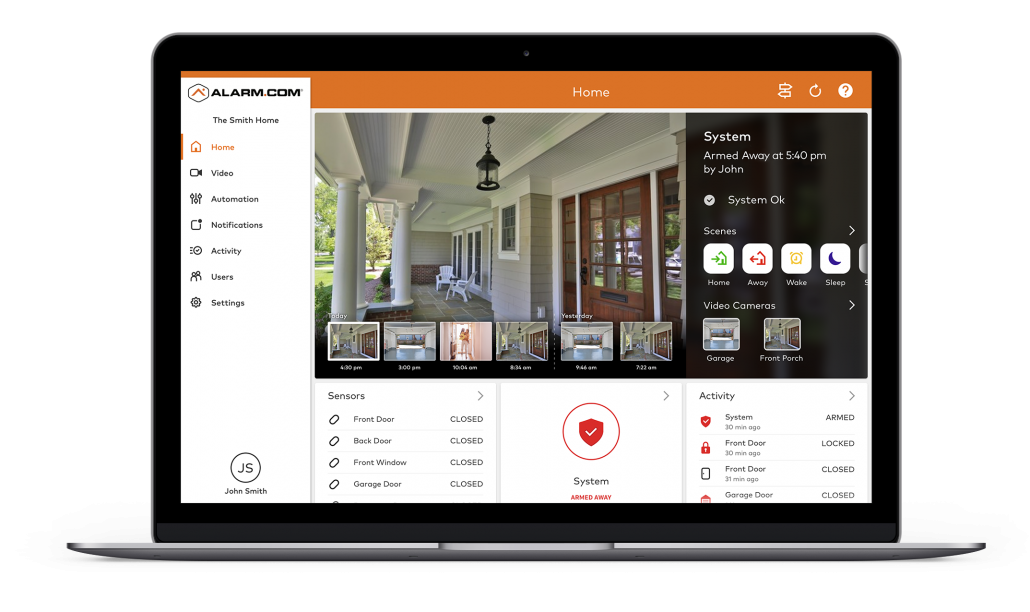
Choosing the right components and having a professionally installed customized home security system ensures your family’s safety and security. Popular components include intrusion, life safety, automation, and video devices for home security.
- Intrusion devices include contacts and sensors that detect when windows or doors have been opened or closed. When armed, motion detectors will trigger an alarm if they detect movement within your home. (Glass break sensors detect the sound of an acoustic smash).
- Life safety systems like carbon monoxide detectors, smoke detectors and flood sensors help warn you of potential dangers at home. Where you place these devices is important because if they are not in the right areas in your home, they may trigger false alarms or improperly detect environmental triggers.
- Cameras provide visual analytics of specific movements (such as people and cars) and can alert you of suspicious activity happening both in and around your property, during the day and at night.
- Smart home automation devices let you control appliances and gadgets from one location, like an app on your smart phone. These devices work together to help make your home more comfortable, more convenient, and secure.
When setting up a home security system, it is important to tailor the system to your specific needs and preferences.
Did you know – After you install your home security system and receive an insurance certificate, a monitored system with added life safety devices, you may receive a higher discount from your insurance company.
Use Smart Home Technology
The rise of smart home technology has changed how we protect our homes from intruders. You can access smart locks using three methods:
- Use them directly from your phone, via an app and unique code to lock/ unlock your door.
- Program the system to arm or disarm when entering the code on the door.
- Customize your existing key to the new lock to remove the need for additional keys.
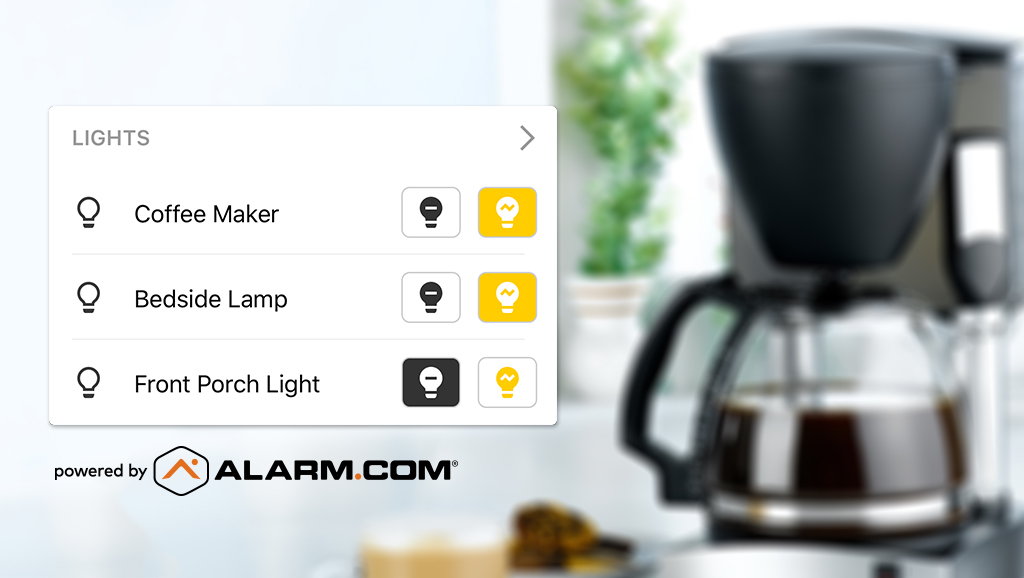
Smart lights and smart outlets provide you with remote access via the app both inside and outside of your home. You can access common devices via the app to ensure they are turned off when you are away!
E.g. You can ensure your coffee is brewed on time with a switch or automate your lights to go on at dusk and off at dawn.
Geo-fencing creates virtual boundaries so you can set location-based alerts and rules with an app. Customize rules within a specific radius to secure, adjust temperature, or close your garage if forgotten.
Planning a trip away? Personalized home security systems can give you status updates of your home, freeing your friends and family from having to check on your home will you are away. Insurance companies prefer a monitored system if you leave your home for more than a month!
Homeowners with vacation properties use cameras to protect their homes from afar. These cameras have video analytics that help prevent theft, spot hazards, and predict maintenance needs, allowing easy monitoring without being there in person.
Did you know you can integrate more than one property in the app?
Utilize Home Security Cameras
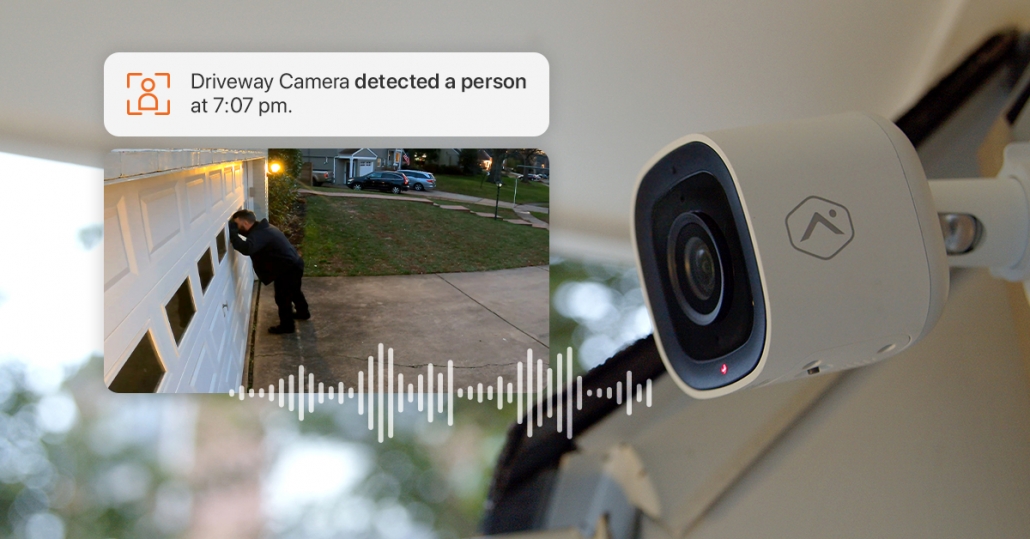
Wilson’s Security recommends cameras with analytics for valuable property protection. These modern cameras are easily integrated into homes, enhancing safety.
Proper camera placement is essential for clear views and useful data! Key locations include entrances, exits, hallways, and living rooms for optimal protection. For outdoor coverage, ensure good Wi-Fi for areas like driveways and pools to detect any suspicious activity.
Did You Know? The latest versions of smart cameras are built with advanced analytics and infrared night vision. Based on your notification settings, they provide you with a motion clip of information that is relevant to you. Footage can be accessed remotely through a smartphone app.
Homeowners use their cameras in a variety of situations and below are just a few examples:
– Know when their kids are back home from school.
– Communicate with whomever is at the door instead of opening it to an unexpected visitor.
– Make sure their pets are not trying to sneak a nap on the couch.
Personalize Your Notification Preferences
You can create customized home security system notifications is crucial for optimal safety. By selecting preferred alerts, you prioritize important information. Notifications are important for detecting threats and suspicious activity, such as entries, opened doors/windows, and motion sensor triggers.
Most home security systems allow you to customize the types of alerts you receive and how you receive them (e.g. text, email, push notification) – ensuring your safety is always in check. Did you know? Homeowners add an extra layer of security with sensors like on cabinets or a safe!
In Summary
In conclusion, key factors when choosing your Personalized Home Security system include:
– A system that matches your household needs
– Integration of smart home tech
– Cameras with valuable analytics
– Personalized notifications
Choose Wilsons for our expertise in security systems, installation, and service, ensuring your home maximum protection that will be tailored to your needs. Contact our team for a free consultation.
Benefits of a Commercial Security System
/in Security Monitoring /by epAdminWhy are commercial security systems important?
Commercial security systems are important for businesses of all sizes. Not only do they help to protect your property, but they help to keep your employees safe. A commercial security system includes features like video surveillance and alarm monitoring. It has other useful features like access control and fire detection.
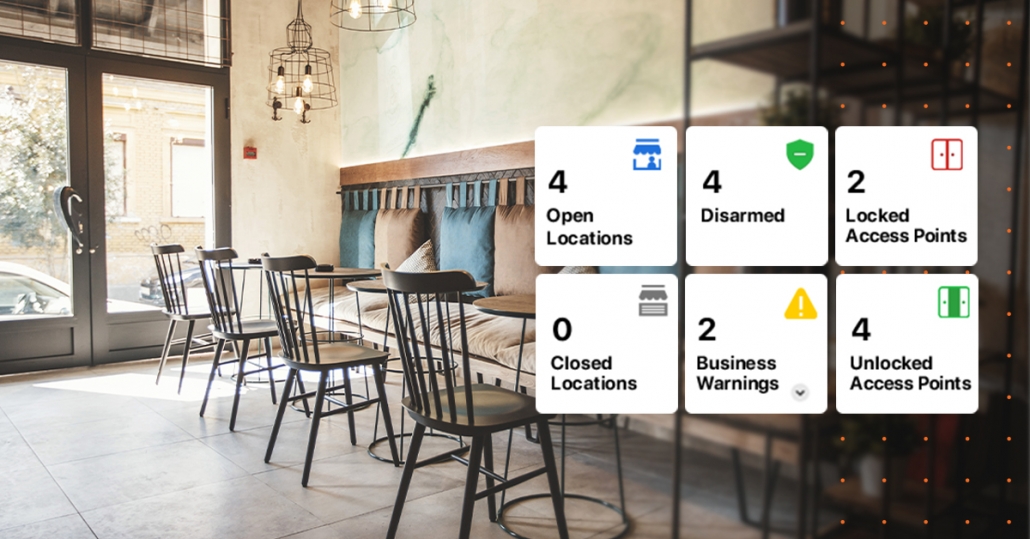
The benefits of a commercial security system.
If you are looking for a commercial security system, the first thing to consider is what kind of security your business requires. It’s important to select a system with features that match those needs. For instance, a logistics operation may need access control to provide audit logs of who has entered the space and when. They may need to control when people can enter specific spaces. Having these types of options gives you more control in terms of what kind of security you need for your business. Checking the capabilities of each system will help you find the one that aligns with your needs and budget.
In another instance, retail may see more value in a CCTV system. This will give them the ability to review their entire location, inside and outside while allowing their team to focus on the client. Many systems allow for remote viewing through the Internet which helps managers to have peace of mind.
Different Types of Systems
There are many different types of security systems that businesses can install to keep their employees and property safe.
Video Surveillance (CCTV)–
This is the most common type of security system. In the retail example we discussed earlier, security cameras help keep an eye on both the inside and outside of a business or property. These cameras can either be fixed in place or placed on a rotating dome. They cameras are usually connected to a recording system that enables remote viewing online. Extra features like remote monitoring can be included, allowing for the identification of intruders before they break in.
A wireless CCTV system is a type of surveillance camera that uses wireless transmission technology instead of wires. However, we do not usually recommend Wireless CCTV as it may be unreliable in most cases.
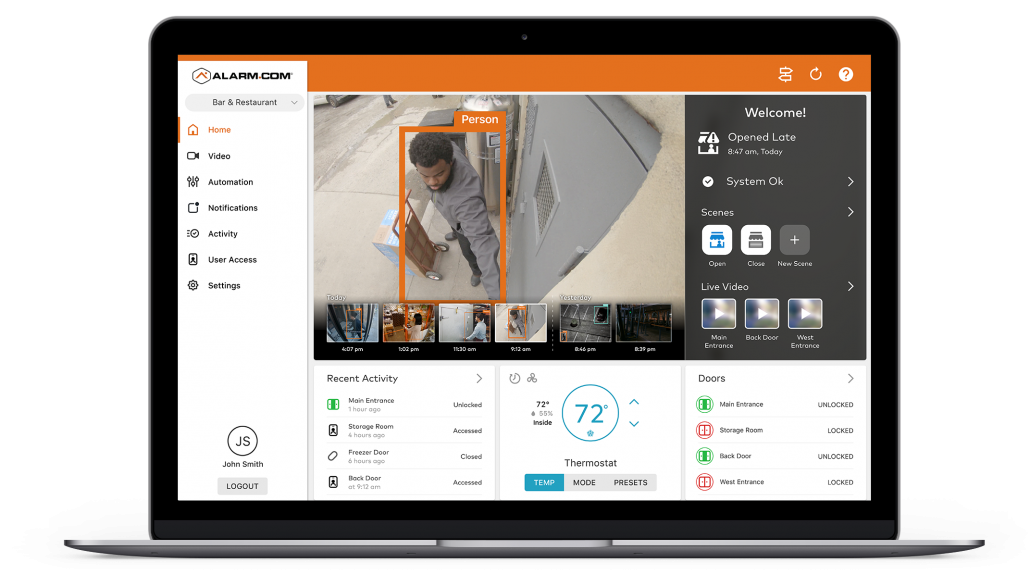
Video surveillance (CCTV) security system.
Picture quality has always been important for security cameras. The old grainy security cameras are a thing of the past. Modern high-resolution cameras offer clear and crisp images that help catch criminals and enhance safety. You might not think picture quality matters for your security cameras, but it is vital for keeping an eye on your business. Low-quality images can make it difficult to identify criminals and may result in wrongful accusations. With the right choice, you can make sure you have the best picture quality for your security setup!
Access Control–
This is another common type of system that helps to limit entry to specific parts of a business and monitor who comes in and out. The main purpose of access control is to protect the building and its areas from unauthorized entry. Many commercial buildings today widely use access control systems.
Employee safety is another important consideration for businesses. Businesses can install alarm systems, panic buttons, and other safety features to keep their employees safe.
Another important aspect of any commercial security system is its durability and reliability – ensuring when the system is tailored to fit your environment, it should work without fail, especially when you need it the most. Factors that can impact a security system’s reliability include how often false alarms occur and their severity, the number of different sensors used, and whether the system has backup features.
You can use your smartphone to connect to your security system. An app allows you to arm or disarm your business security system, turn on your cameras and CCTV, control thermostats and timers, and open or close garage doors and gate motors. You can also text or call employees and customers inside your commercial property. The commercial market has been shifting towards high-tech products in recent years, and the demand for advanced technology keeps increasing each year.
Installing and maintaining a security system
Installing and maintaining your system can seem like a large task, but with the right tips, you can get the most out of your system. Here are a few tips to help you get started:
1. Have a professional install your system – this will ensure that it is installed correctly and is up to code. Professionals know how to install the devices in a way that is both secure and trusted. Additionally, they can help you choose the right device for your needs.
2. Regularly test your system to make sure it is working properly
3. Keep your system updated with the latest software and firmware updates
4. Ensure all appropriate parties are trained on how to use the system correctly
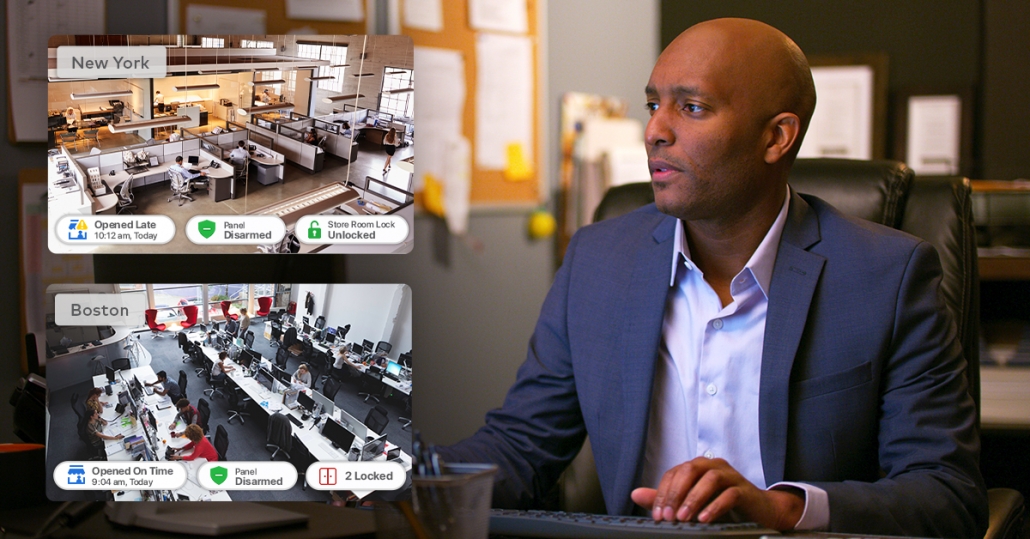
Installing and maintaining your security system
It is important to remember that when it comes to security, you get what you pay for. Professionally installed devices are typically more reliable and offer greater peace of mind than other DIY solutions bought from a store.
In conclusion, it’s important to have a security system in place for your business. Formally enacting safety and security measures in your property can empower you to keep your employees and customers safe. You can contact a commercial security services company to get started.
Security Experience
Leaders in the security industry. We are ready to provide you with systems and training to keep your property safe, and follow up with ongoing, timely service.
Proudly serving Canadians
Navigation
Find Us
New Brunswick
800 Salisbury Road
Moncton, NB E1E 1C5
358 Westmorland St
Fredericton, NB E3B 3M5
Newfoundland
871 Topsail Road
Mount Pearl, NL A1N 3J8
Nova Scotia
204 Brownlow Avenue, Unit 135
Dartmouth NS B3B 0M4
Prince Edward Island
25 Hopeton Road, #9
Stratford, PE C1B 1T6
Alberta - Mailing Address
#204, 12412 - 161 Avenue
Edmonton, AB T5X 4W6
All trademarks and logos are properties of their respective owners.



